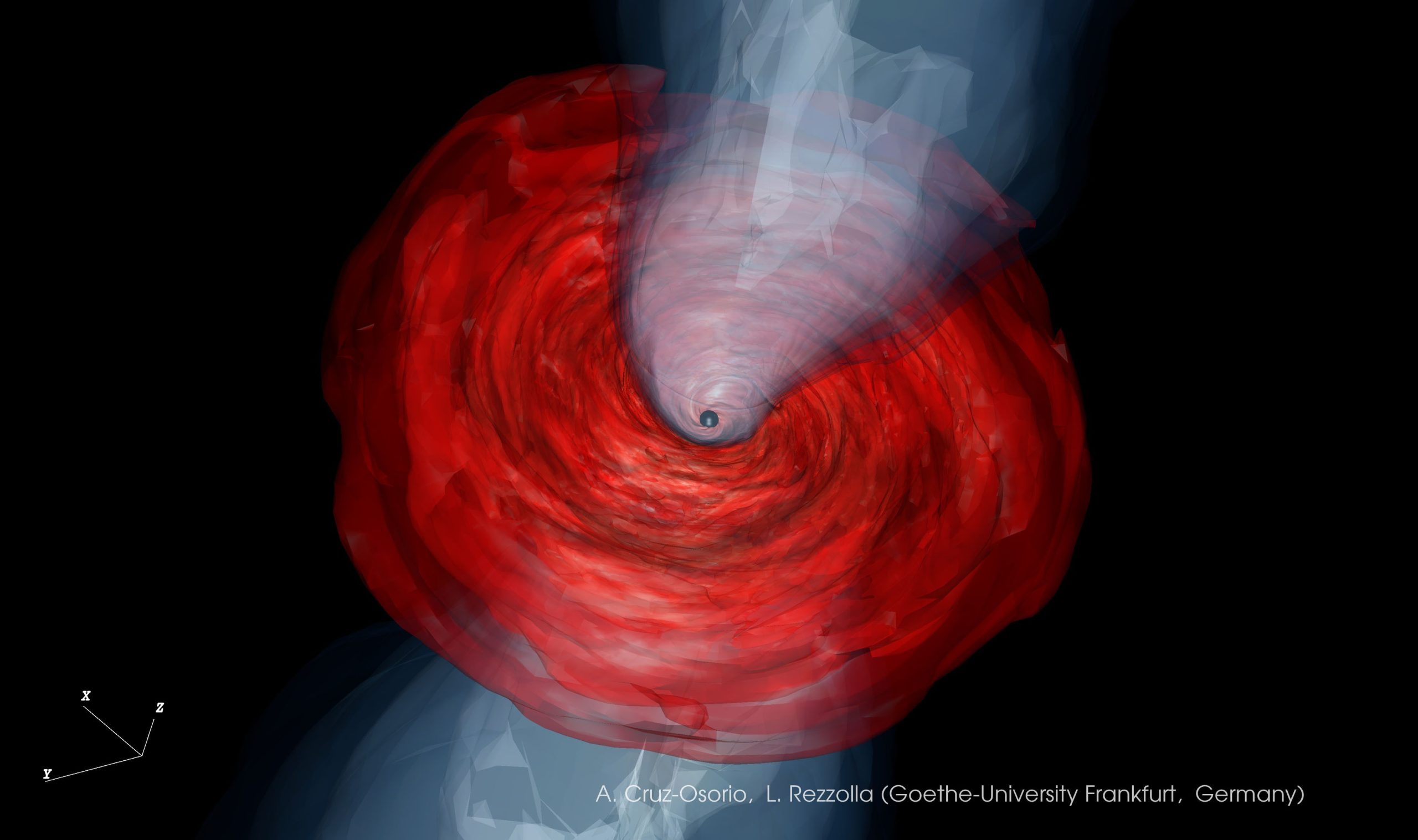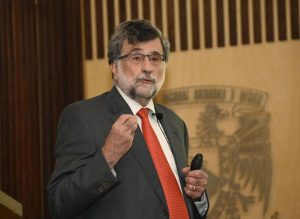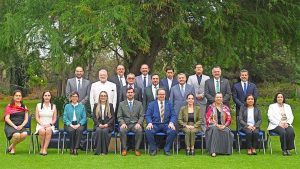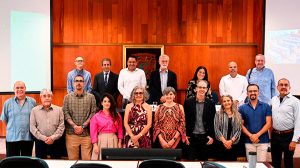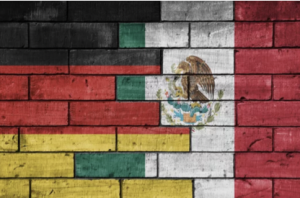Global UNAM Weekly News NL26
EHT PROJECT SHEDS NEW LIGHT ON BLACK HOLE DYNAMICS
Researchers from UNAM’s Institute of Astronomy are playing a key role in the Event Horizon Telescope (EHT) project. Using data collected in 2017 and 2018, the project continues to deepen our understanding of the supermassive black hole at the center of Messier 87 (M87).
The findings, published in Astronomy & Astrophysics, constitute a significant step in unraveling the complex behavior of black holes. Before 2019, their properties remained theoretical, with no visual confirmation.
New Clues About the Origins of the Nucleolus
According to scientists from UNAM’s College of Science and a researcher at the University of California, Los Angeles (UCLA), the nucleolus—a structure within the cell nucleus responsible for synthesizing ribosomal RNA—is now seen as a dynamic hub that affects nearly every aspect of cellular life, from genome organization to stress responses and aging.
This view is presented in an article exploring the possible origins and functions of the nucleolus, published in Open Biology, a journal of the Royal Society, under the title “Nucleolar origins: challenging perspectives on evolution and function.”
Artificial Intelligence for Real-World Change
At the opening of the First International Congress on Artificial Intelligence: Challenges and Opportunities, Nora del Consuelo Goris Mayans, director of UNAM’s Faculty of Higher Studies (FES) Acatlán, emphasized the need to turn artificial intelligence into tangible research, public policy proposals, and real solutions to today’s most pressing challenges. “We must generate projects with real impact,” she urged.
The event was organized by the Academic Council for the Physical-Mathematical and Engineering Sciences Area (CAACFMI), through its Computer Science Academic Program Committee.
Rethinking Nuclear Energy for Mexico’s Electric Future
During the Centennial Celebration of Chemical Engineering in Mexico: A Legacy of Teaching, Innovation, and Excellence, former UNAM President Francisco Barnés de Castro pointed out that more than half of the energy consumed in Mexico is used for oil and gas production, processing, and electricity generation.
Barnés de Castro, who also served as director of UNAM’s School of Chemistry, emphasized that these sectors present the most significant opportunities to reduce energy consumption and implement strategies for transitioning to cleaner sources.
A Glimpse of War Through Syrian Children’s Eyes
In the Historic Center of Mexico City, the Women’s Museum opened the exhibition Syria: War and Peace – A Glimpse Through the Eyes of Children, organized by UNAM’s University Program for Studies on Asia and Africa (PUEAA) in collaboration with the international foundation Aid to the Church in Need (ACN).
The exhibit features around 40 drawings by Syrian schoolchildren, some accompanied by powerful messages to the international community.
